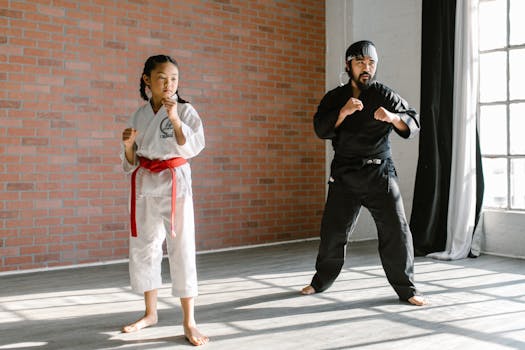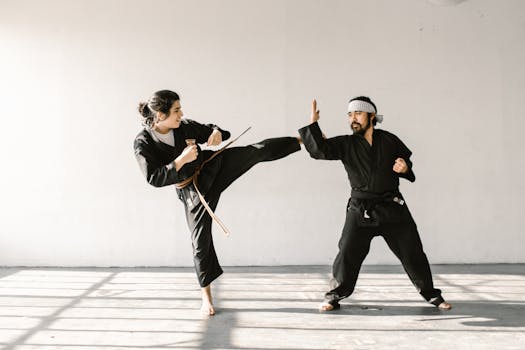The Impact of Weight Class Changes on UFC Fight Results
In the world of mixed martial arts (MMA), particularly within the Ultimate Fighting Championship (UFC), weight classes play a crucial role in organizing fights. The dynamic nature of weight classes, however, means that fighters often move between categories, which can significantly impact their performance and the outcomes of their fights. This article explores how changes in weight classes affect UFC fight results, providing insights into the strategies fighters use, the benefits and drawbacks of moving weight classes, and real-life examples of fighters who have experienced these shifts.
Understanding Weight Classes in UFC
UFC weight classes are divisions designed to match fighters of similar size and weight to ensure fair and competitive bouts. These range from Flyweight, for fighters up to 125 pounds, to Heavyweight, which caps at 265 pounds. Fighters choose to move to different weight classes for various reasons, including increased competitive edge, health reasons, or after struggling to make weight in their current division.
Strategies for Changing Weight Classes
- Gradual Weight Gain or Loss
- Immediate Cut or Increase
- Competitive Edge: Moving to a lower weight class can give fighters a size and strength advantage. Conversely, moving up can lead to improved speed and stamina due to less stringent weight management.
- Career Longevity: Fighters often move up in weight as they age and maintaining a lower weight becomes physically challenging, potentially extending their careers.
- Health Risks: Extreme weight cuts can lead to dehydration, reduced cognitive function, and increased injury risk. Long-term health can also be affected.
- Performance Uncertainty: Adapting to a new weight class can affect a fighter's performance unpredictably. The advantage of size or speed might not always translate into better performance.
- Conor McGregor: Notably moved from Featherweight to Welterweight. His fight against Nate Diaz at Welterweight was a significant shift, showing both the challenges and potentials of fighting at a higher weight, resulting in one win and one loss against Diaz.
- Joanna Jedrzejczyk: The former Strawweight champion moved up to Flyweight, facing difficulties including a notable loss to Valentina Shevchenko. Her experiences highlight the challenges of adjusting to stronger opponents in a higher class.
Fighters looking to change divisions might gradually adjust their body weight through diet and training to fit into their new class. This method is intended to minimize health risks and allow the body to adapt to new performance demands.
Some fighters opt for rapid weight changes close to competition, using severe dehydration or rapid weight gain tactics. This approach can be risky and is often criticized for its potential health impacts.
Impact on Fight Performance
Advantages:
Disadvantages:
Practical Examples
Conclusion: Weighing the Outcomes
The decision to change weight classes in UFC is multifaceted, involving strategic considerations about physical advantages, health, and career trajectory. While moving down a weight class might offer the immediate benefit of size and power, the long-term health risks and the stress of maintaining a lower weight can outweigh these advantages. Conversely, moving up a weight class might enhance a fighter's speed and endurance but could also pose new challenges in handling stronger opponents.
For fighters considering a weight class change, a gradual approach to weight adjustment, coupled with thorough training tailored to the new class's demands, is advisable. Fans and analysts should keep a close eye on these transitions, as they can redefine a fighter's career and reshape divisions within UFC.
For more insights into how weight class changes affect UFC fight results, follow updates and analyses on reputable sports news websites and the official UFC platform.
In understanding "The Impact of Weight Class Changes on UFC Fight Results," it is clear that each move holds its unique set of challenges and opportunities, shaping the landscape of mixed martial arts continuously.

.png)





